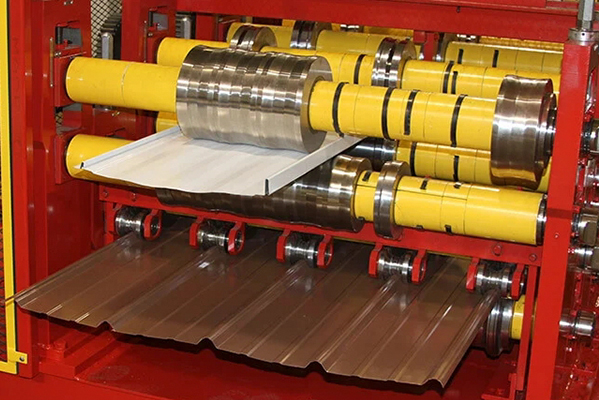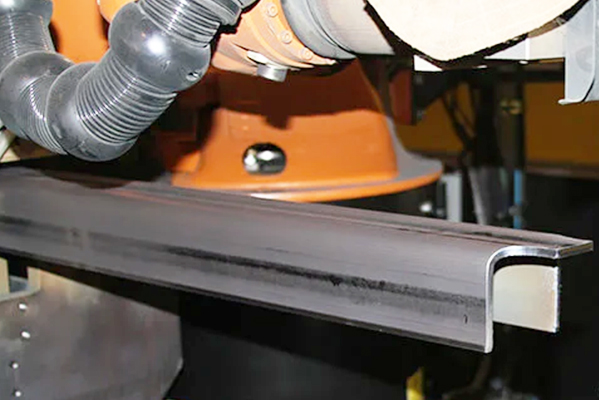Navigation Menu
Contact Us
- Email:
- info@wxavatar.com
- Address:
- Yurong Village, Yuqi Street, Huishan District, Wuxi, China.
Release Date:Apr 27, 2025 Visit:48 Source:Roll Forming Machine Factory
Aluminum is widely used in roll forming due to its favorable strength-to-weight ratio, workability, and surface finish potential. Selecting an appropriate aluminum grade depends on the desired balance between formability, strength, corrosion resistance, and end-use requirements.
Key Characteristics for Roll Forming Aluminum
When choosing an aluminum alloy for roll forming, several material properties are typically prioritized:
Ductility: The alloy must possess sufficient ductility to undergo progressive forming without cracking.
Strength: Adequate strength is necessary to maintain dimensional stability in the final part.
Surface Quality: Alloys that support smooth, uniform surfaces after forming are generally preferred for aesthetic or functional reasons.
Consistency: Uniform mechanical properties across the coil enhance predictability during continuous processing.

Commonly Used Aluminum Alloys in Roll Forming
Several aluminum alloys have demonstrated reliable performance in roll forming operations:
3000 Series (e.g., 3003)
Aluminum 3003 is often selected for roll forming applications requiring good formability combined with moderate strength. It is a manganese-alloyed aluminum that offers ease of processing and a clean finish. 3003 is particularly common in architectural panels, appliance covers, and various enclosures.
5000 Series (e.g., 5052)
5052 aluminum is a magnesium-alloyed material that provides a balance between higher strength and reasonable formability. It supports more demanding structural applications where increased load-bearing capacity is needed without sacrificing the ability to roll form complex profiles. Typical uses include automotive panels, marine components, and structural framing.
6000 Series (e.g., 6061, 6063)
While the 6000 series, including 6061 and 6063, is more associated with extrusion, in certain tempered conditions (such as O or T4 tempers), these alloys can also be roll formed for specific structural and architectural components. They offer higher strength after post-forming heat treatments but generally require careful process control during forming to avoid cracking.
Selection Considerations
Choosing the optimal aluminum alloy for roll forming involves balancing:
Desired profile complexity: More intricate shapes favor softer, more ductile alloys.
Mechanical requirements: Applications demanding higher strength may guide the selection toward magnesium-containing alloys.
Surface finish expectations: Decorative applications may require alloys known for better anodizing or painting compatibility.
Cost factors: Material availability and processing costs should align with project budgets and production volumes.

Future Developments
Advances in material engineering are introducing new aluminum alloys tailored for roll forming. These newer grades aim to expand the performance envelope by offering improved formability at higher strength levels, thus supporting broader applications in transportation, construction, and industrial manufacturing sectors.
Process innovations, such as pre-heating before roll forming or hybrid forming technologies, are also opening opportunities to work with traditionally less formable but stronger aluminum grades, further expanding the design possibilities.